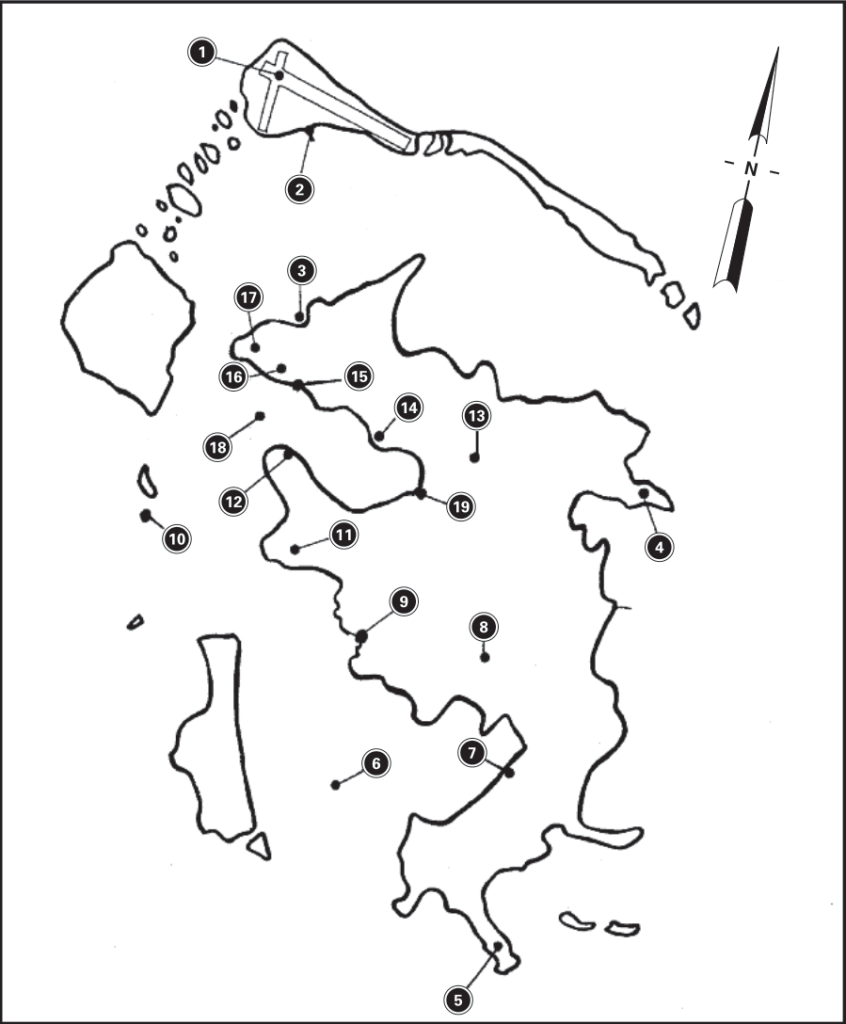Meeting with Django EDWARDS, a Polynesian passionate about history

On the occasion of a team-building morning, the Moana Adventure Tours team went on a catamaran trip around Bora Bora island with Django EDWARDS, a young man passionate about the history of his ancestors and Polynesian legends.
At the age of 30, he related the story of the Second World War in Bora Bora and the American presence.
Bora Bora served as a supply base for American forces in the South Pacific during World War II. The island was chosen by the American headquarters or its strategic location in the Pacific and for its natural fortress because of its large lagoon reachable through a single pass and therefore easily controlled, especially against the submarine threat.
The Americans, fearing a Japanese attack, decided to install at strategic points in the mountains (South, East, North & West point), eight huge artillery pieces (8 cannons & 8 bunkers), able to send seven inches shells. One gun weighed 15 tons, was 7 inches in diameter, and had a range of 10 miles.
A sketch map showing the important sites on Bora Bora:

[1] Motu Mute airfield
[2] Motu Mute dock
[3] Tupua seaplane base
[4] Point Tuahora battery (3 o’clock)
[5] Point Matira battery (6 o’clock)
[6] Povai Bay anchorage area
[7] Seven-inch barrel from Point Tereia and mooring anchors from Povai Bay
[8] Povai Valley ammo bunkers
[9] Vaitape town, dock, and church
[10] Teavanui Pass (entrance to lagoon)
[11] Point Pahua battery (9 o’clock)
[12] Cargo Landing No. 3
[13] Water dams and ammo bunkers at Faanui Valley
[14] Large ammo bunker
[15] Refueling dock
[16] Oil storage tank
[17] Point Tereia battery (11 o’clock)
[18] Faanui Bay anchorage area and cruiser moorings
[19] Faanui town
